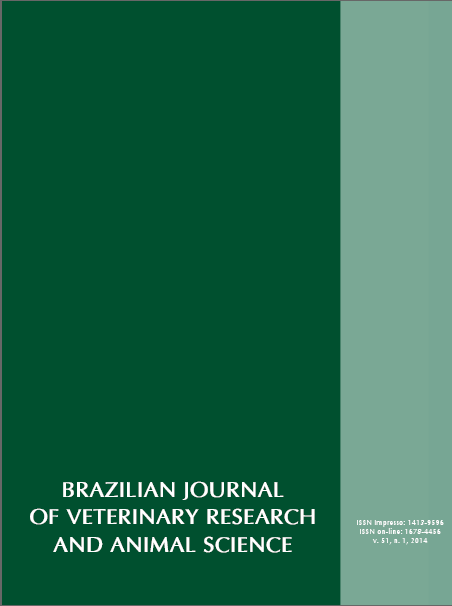The role of prolactin in prostatic inflammation
DOI:
https://doi.org/10.11606/issn.1678-4456.v50i6p468-473Keywords:
Hyperprolactinemia, Domperidone, Prostate, RatsAbstract
Several reports have shown that prolactin (PRL) plays a role in prostatic growth, but few studies considered the role of PRL in the process of prostatic inflammation. Young (45 ± 5 days old) and adult (75 ± 5 days old) male Wistar rats were subcutaneously injected daily with domperidone (4.0 mg.kg-1) to maintain high serum PRL levels. The animals were treated for 15, 30, 45 or 60 days. Blood and prostate samples were collected at the end of each treatment for PRL dosage and histological analysis, respectively. Only young animals treated with DOMP for 15 and 30 days displayed inflammatory infiltrate in the prostate. These results confirm literature data in regards to PRL involvement in inducing prostate inflammation. Moreover, it was concluded that young animals are more susceptible then adults to the PRL action concerning prostate inflammation.
Downloads
Downloads
Published
Issue
Section
License
The journal content is authorized under the Creative Commons BY-NC-SA license (summary of the license: https://





